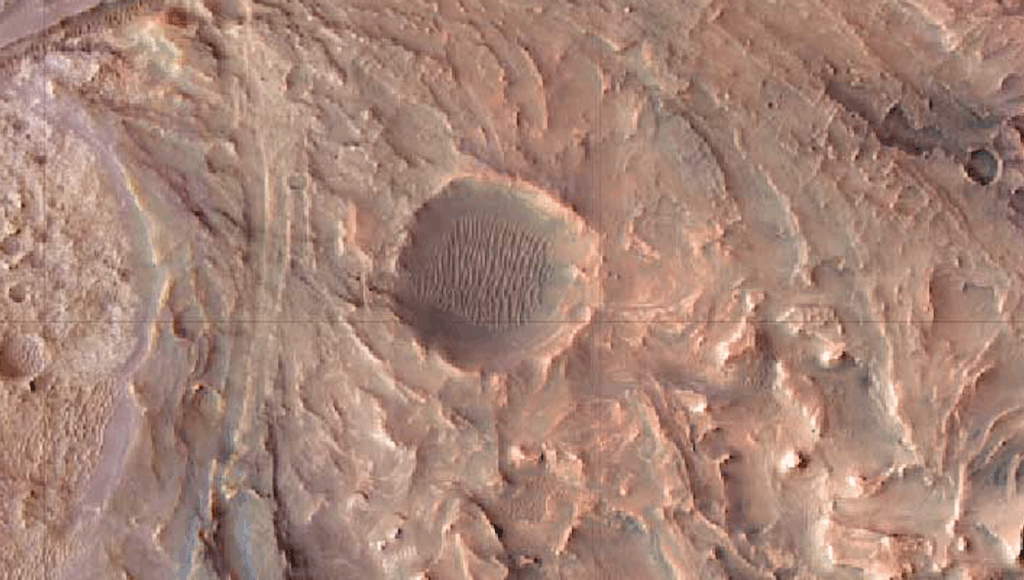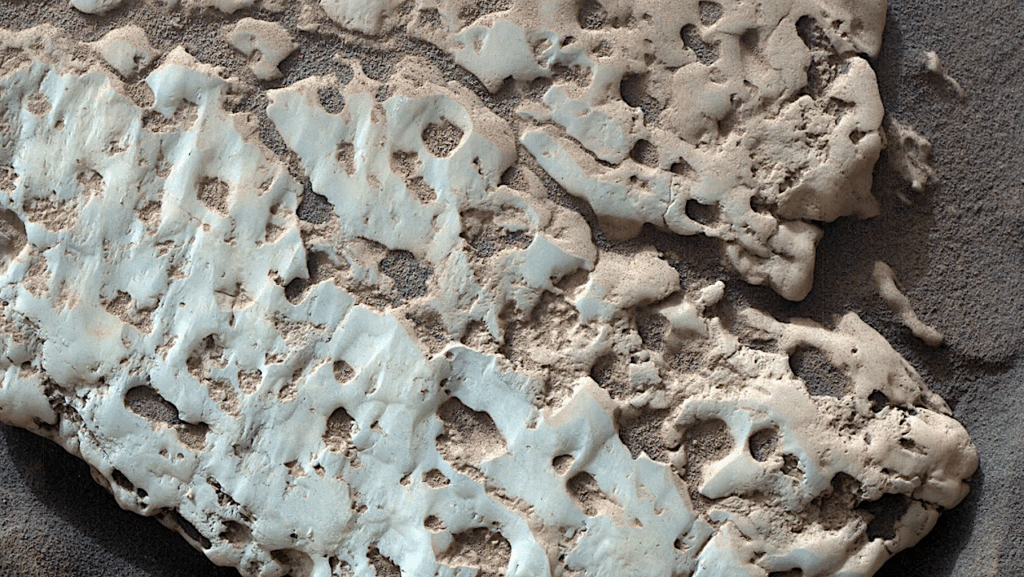Potential for Observing Methane on Mars Using Earth-based Extremely Large Telescopes

The Red Planet has fascinated humans for millennia, especially for the last few centuries, and particularly during the Space Age. The nagging suspicion of extant Martian life is both fed by, and drives the many space missions to Mars and recent detections of large, seasonal volumes of atmospheric methane have re-fuelled the discussion.
Methane’s strongest vibrational frequency (around 3.3 micron) occurs in the lower half of astronomers’ L Band in the near infra red, and is readily detectable in the Martian atmosphere from ground based spectroscopes at high, dry locations such as Hawaii and Chile. However, resolution of specific spectral absorption lines that categorically identify methane are disputed in the literature, as are their origins. With the proposed construction of extremely large telescopes operating in the optical/NIR, the question became: could these ELTs supplement, or even replace space-based instruments trained on Martian methane?
A 2012 review of immediate-past, present and future NIR spectrometers on Earth, in the air, in Earth orbit, in solar orbit, in L2 orbit, in Mars orbit, and on Mars, revealed a wide range of capabilities and limitations. Spatial, spectral, radiometric and temporal resolutions were all considered and found to be complex, inter-related and highly instrument-specific. The Giant Magellan Telescope, the Thirty Meter Telescope and the European Extremely Large Telescope will each have at least one L Band spectrometer supported by state-of-the-art adaptive optics and be capable of extreme spatial, spectral and radiometric resolution. Replicating observations over time will provide a critical constraint to theoretical considerations about the biotic or abiotic origins of any detected methane and it is recommended that existing datasets be mined, science cases for the ELTs include Martian methane and collaboration between science teams be enhanced.
Robert Hunt
Comments: 58 pages, 2 figures
Subjects: Instrumentation and Methods for Astrophysics (astro-ph.IM)
Cite as: arXiv:2008.05637 [astro-ph.IM] (or arXiv:2008.05637v1 [astro-ph.IM] for this version)
Submission history
From: Robert Hunt MScGDipEdGCertScBAppSc
[v1] Thu, 13 Aug 2020 01:39:13 UTC (1,029 KB)
https://arxiv.org/abs/2008.05637
Astrobiology








